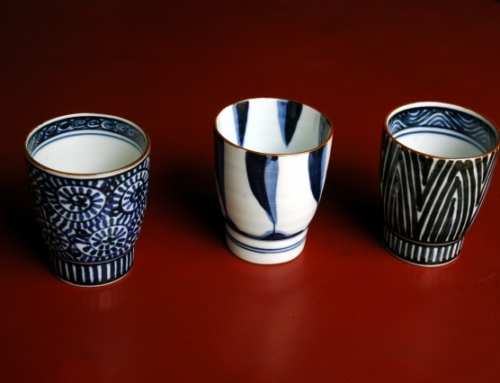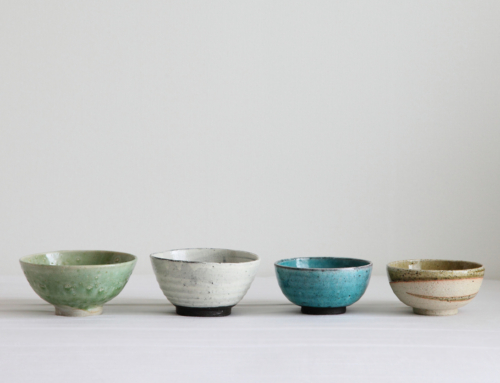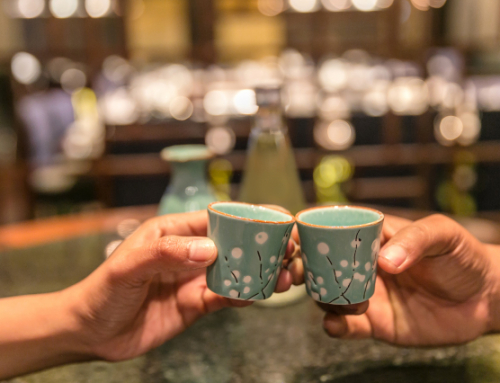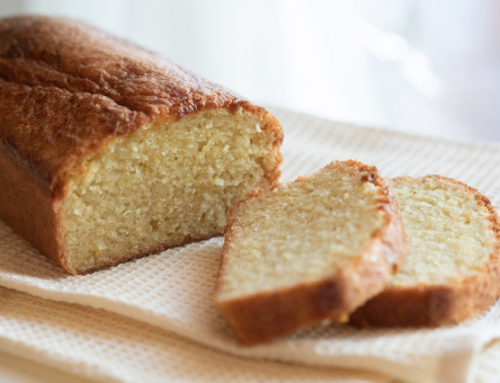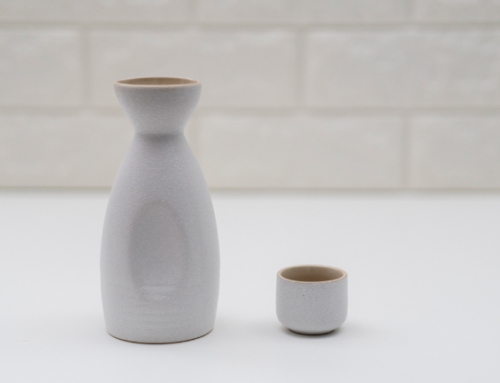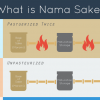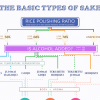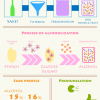The beauty of Japanese Sake is that you can enjoy it at various temperatures. When you take a first step into the sake world, you will probably encounter the question, “Should this sake be chilled or warmed?” Before we get to the nutshell, let’s have a look at the effects of temperatures on the sake.

HOT Sake
- becomes milder and more savory.
- Aromas open up. Grainy, rice-like aromas (just like steamed rice)
- Sweetness and savoriness are emphasized
- Best for full-bodied sake rich and heavy in flavor.
e.g. Junmai Shu (pure rice sake), aged sake, Yamahai or Kimoto, sometimes Tokubetsu Junmai.
ROOM TEMPERATURE
- The original flavors of sake can be enjoyed as it is.
- applies to most types of sake, especially Dai-ginjo, Tokubetsu-Junmai, Ginjo, Junmai, etc.
COLD Sake
- becomes cleaner and fresher.
- Aromas closed up. Aromatic, fragrant aromas.
- Best for lighter bodied, clean sake, fresh sake.
e.g. Ginjo, Dai-ginjo, Nama sake (unpasteurized sake), sparkling sake, Honzo-jo (added alcohol)
Sake is just like wine really, when it comes to whether to drink it chilled or warmed; you would probably drink lighter-bodied, clean white wine chilled, and drink savory, fuller-bodied red wine at room temperature (or warmed in case of sake).
However, this is just an indication, as it’s really up to your preferences, moods and sakes whether to drink a certain sake chilled, warm or at room temperature. While some like to drink a certain sake chilled, others might like to drink it at room temperature. The best thing is to try your sake at various temperatures to find what temperature you think suits a certain sake.
How to make sake chilled or warm?
To make it simple, chilled sake can be made by keeping your sake in the fridge at about 5-8 degrees Celsius.
To warm sake, you can pour some of the sake into a container (the one with wide mouthpiece is recommended so that sake is warmed evenly.) and put it in a microwave until the temperature is around 50 degrees Celsius. Do not go over 55 degrees; alcohol in the sake starts to evaporate, deteriorating the flavor and aromas of sake.
Different Temperatures
For further details, there are actually 11 names for different temperatures of sake, known by Sake lovers, although most people drink only either chilled, warm or at room temperature.
![]()
55℃ Tobikiri-Kan (飛びきり燗) : Hot. Very strong in flavor, becomes super-dry.
50℃ Atsukan (熱燗): Slightly hot. Sharp flavors. Dry texture.
45℃ Jo-Kan (上燗): Warm. Steam puffs out when sake is poured into a glass.
40℃ Nuru-Kan (ぬる燗): Close to body temperature. moderately warm. Aromas open up the most. Mild flavor.
35℃ Hitohada-Kan (人肌燗): A bit lower than body temperature. slightly warm. Aromas of rice and Koji become rich.
30℃ Hinata-Kan (日向燗): neither warm or cold. Aromas open up. Smooth texture
18-28℃ Hiya (冷や): Room temperature. The orginal flavors and aromas can be enjoyed as they are.
15℃ Suzu-hie (涼冷え): Fragrant aromas. Thick texture.
10℃ Hana-hie (花冷え): kept in fridge for a few hours. Clean.
5℃ Yuki-hie (雪冷え): Very cold. Aromas close up. chilled texture can be enjoyed.

